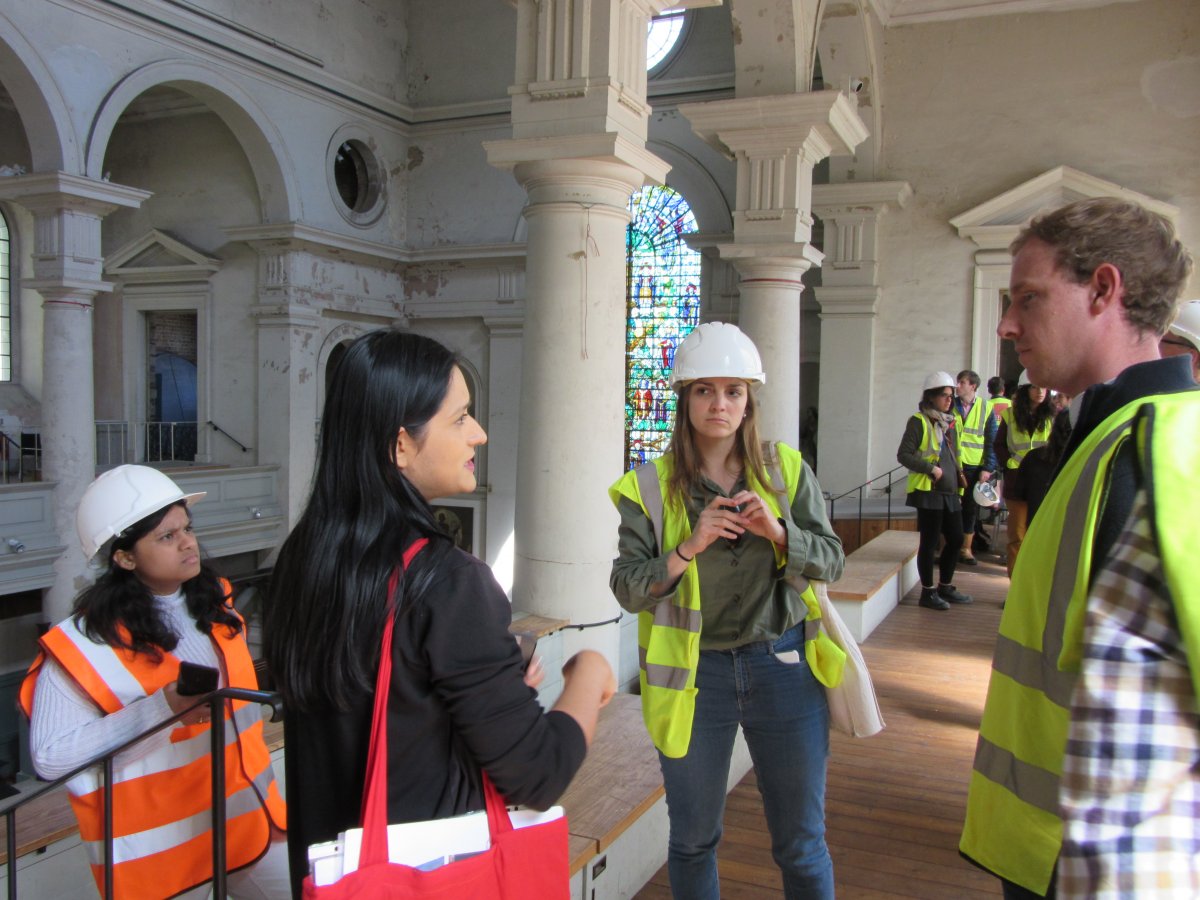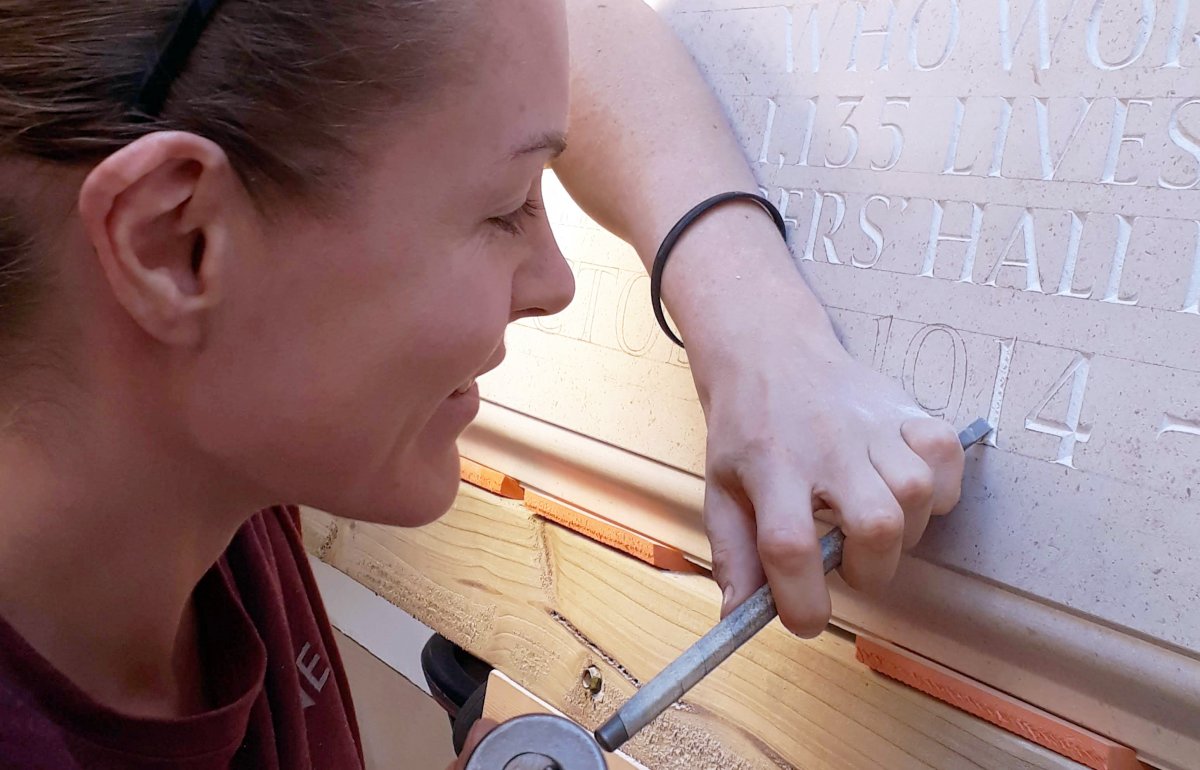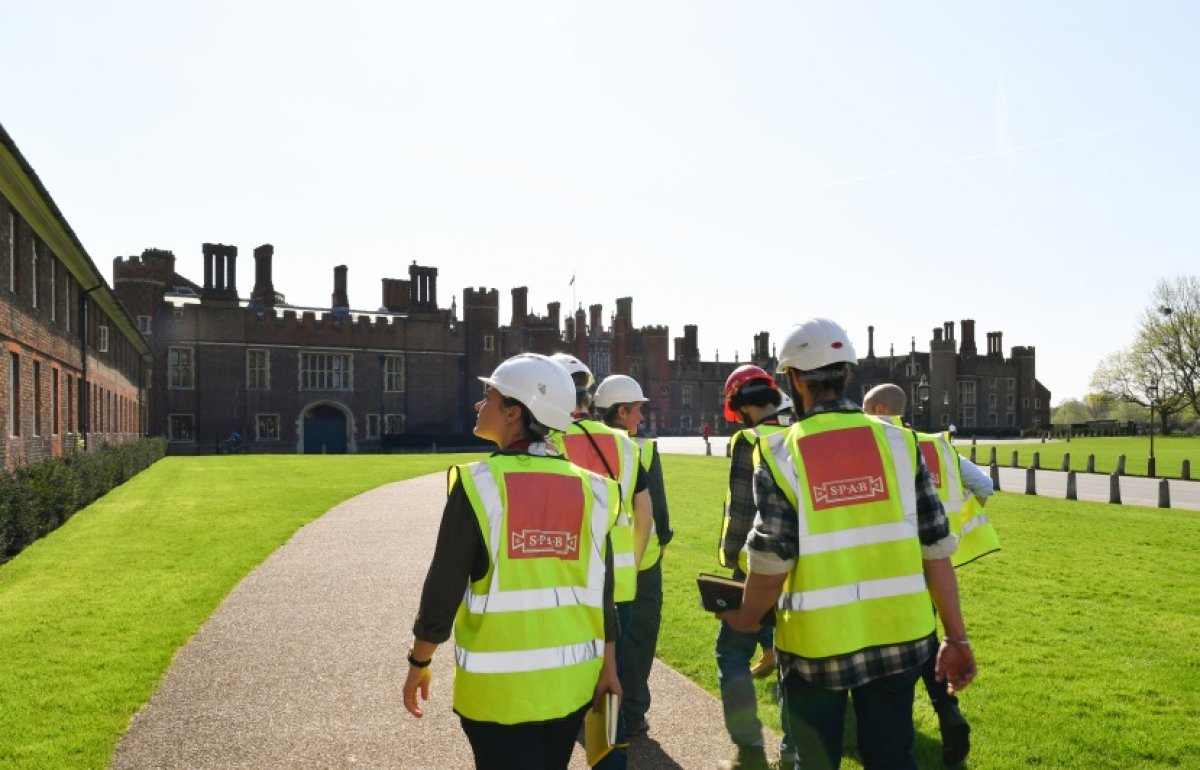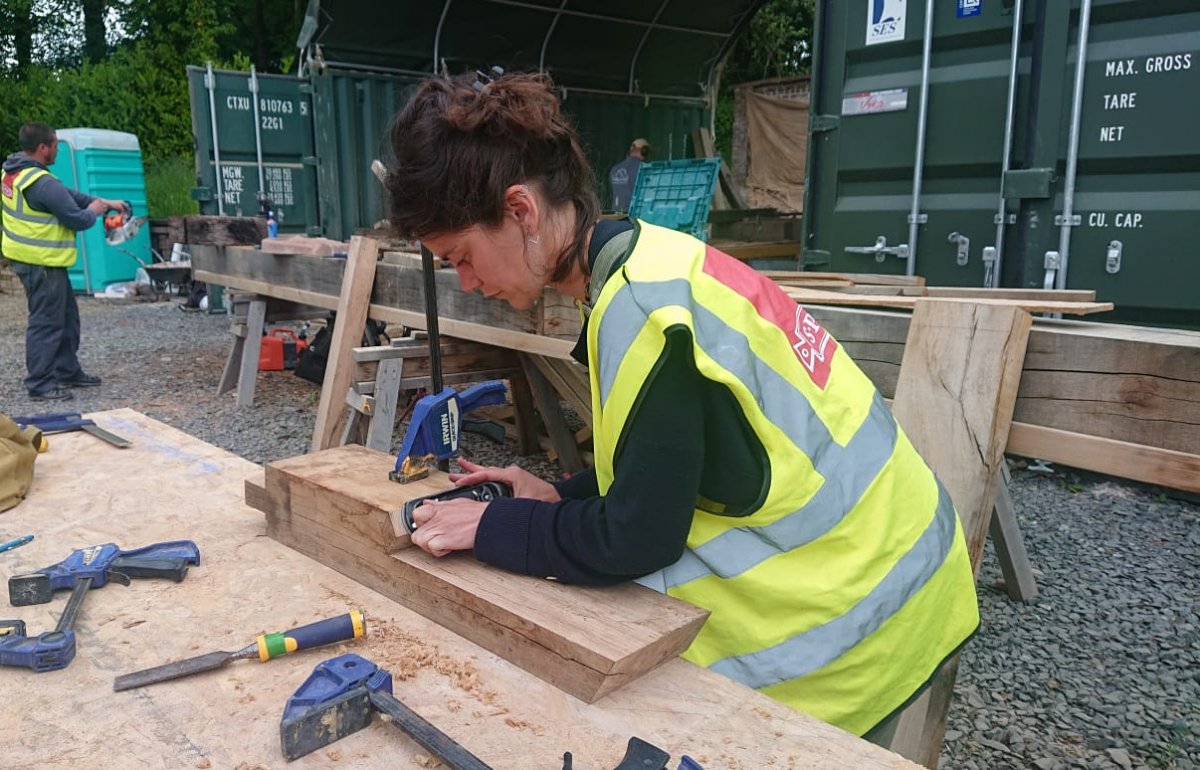The Repair Course: a student's view
Share on:
Since the 1950s we’ve run an introduction to building conservation on our Repair of Old Buildings Course. We’re delighted to be able to offer a bursary for outstanding candidates who might not otherwise be able to afford a place on the biannual five-day course. Prajakta Deshpande writes about her experience in May.
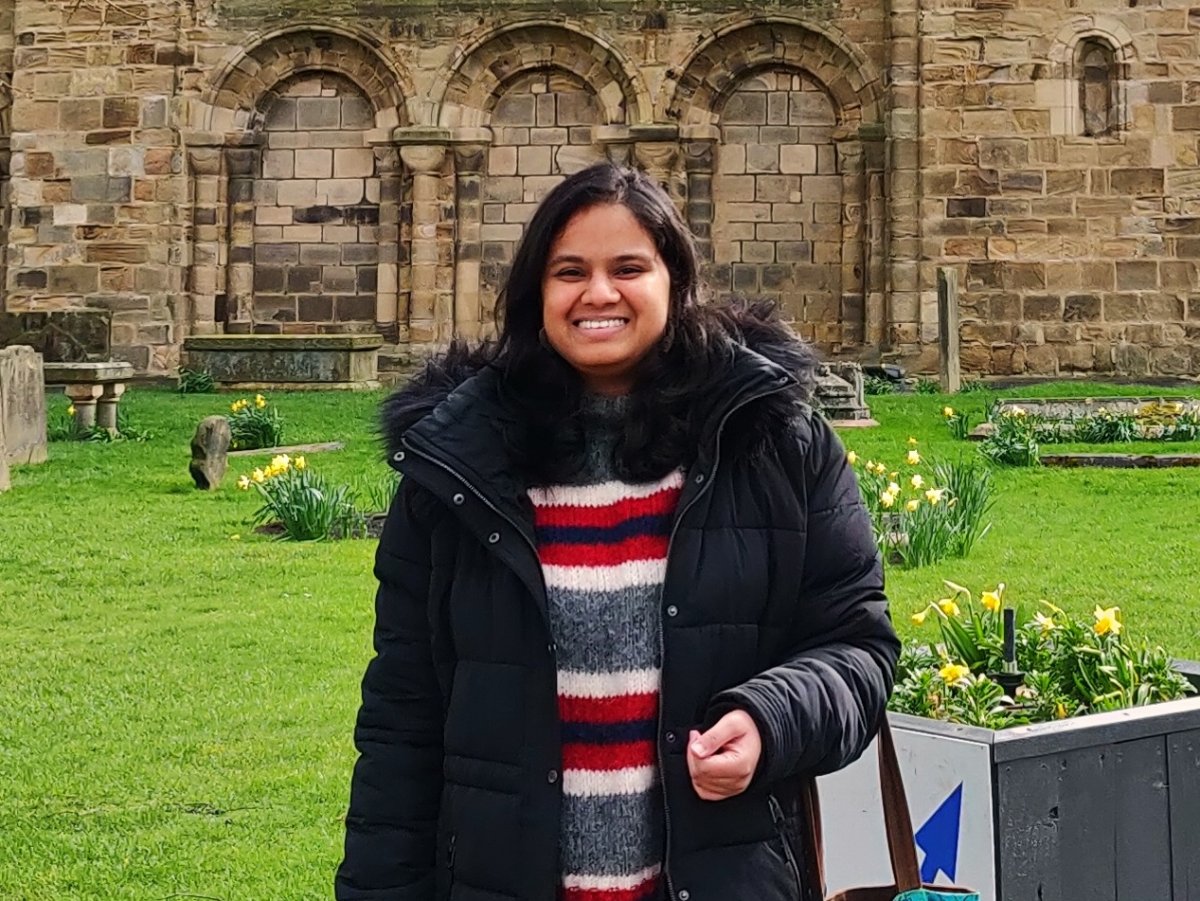
I was asked to share my experience as a bursary recipient and I was elated to write about those five knowledge-packed days that I spent amongst some wonderful people.
I learned about the course through the SPAB enewsletter and it looked promising. What appealed to me the most about the course was its structure, combining site visits and lectures which would allow us to see what we read and heard. Having worked in the conservation field in India for a while and now as a student, currently pursuing a course in conservation studies of historic buildings, I was exposed to various philosophies and methodologies; distinct, based on the context. Among several philosophies put forward one of the most significant was the SPAB philosophy. Having used the SPAB’s online resources like the conservation materials manuals during my studies, to see how it is put into real practice intrigued me to apply for the SPAB’s Repair of Old Buildings course.
The course fees were slightly overwhelming for me as a student but completely worth it for the quality and breadth of the programme. However, the SPAB generously makes provision for a 50% bursary on the course for two applicants, which were selected on the basis of the CV and a letter of intent. I am so glad to have been selected for the bursary, as it helped me manage my other logistical expenses effectively and I could accommodate the course within my budget.
The course was packed with an immense amount of information from eminent practitioners in the field and enlightened us on the practical issues faced during work on the site, beginning from documenting, recording, and sourcing the material, to execution and the negotiations and mitigations that come along in the process. The lectures’ focus on each material helped me get an in-depth understanding. The lectures also demonstrated that the SPAB approach is a set of guiding principles, rather than rules to be adopted wholesale, and may not, in its entirety, be translated into practice on a given site. My personal favourites from the lecture series were the brick and stained glass sessions, which considered work on the brick chimneys of Hampton Court Palace by Emma Simpson and the intricate processes involved in the stained glass making, as illustrated by Steve Clare.
The site visits further gave an opportunity to experience and dwell on the various issues discussed in the lectures. Sarah Khan, the architect at St Leonard’s church, Shoreditch, described the real challenges around funding and the associated decision-making it entails. It was an example of how the best decisions for the fabric are the ones which do comparatively less harm and are derived through multiple negotiations, mitigations and a holistic understanding of the priorities the place demands. Manor Barn at Frindsbury in Kent was another example, displaying the debate around sustaining craftsmanship, retaining the authenticity and, at the same time, conserving the heritage embedded in the place. The visits were live examples of how realities govern the practice and are driven by various factors like funds, craftsmanship, resources, and patronage.
The five-day course was an interesting addition to my ongoing university course and seemed like a continuation of one. Discussions after the site visit days opened up various perspectives on projects from the course participants – who come from a variety of disciplines and backgrounds, but have a common enthusiasm for conserving heritage.
Coming from India, my motivation to attend the course was to understand these differences in the practice and the philosophies from which the approaches in two contexts occur. I would say the course helped me in channeling my thoughts and contemplating different – even divergent - interpretations of minimum intervention, restoration, use of like-for-like repair and/or new materials.
Prajakta Deshpande
Applications for bursary places for our course in October close on 8 July. If you are interested, please contact us for more details: education@spab.org.uk
Sign up for our email newsletter
Get involved

